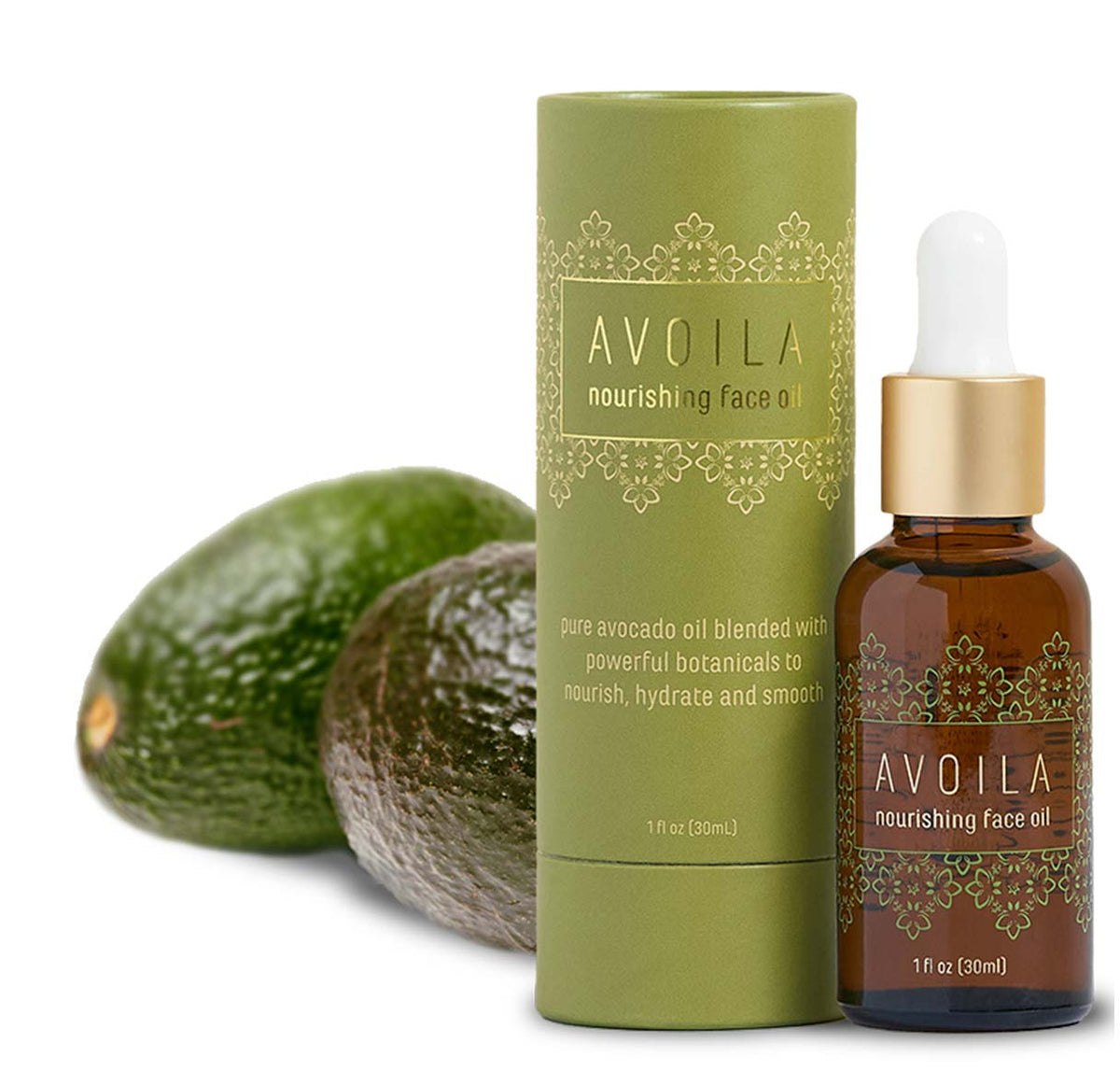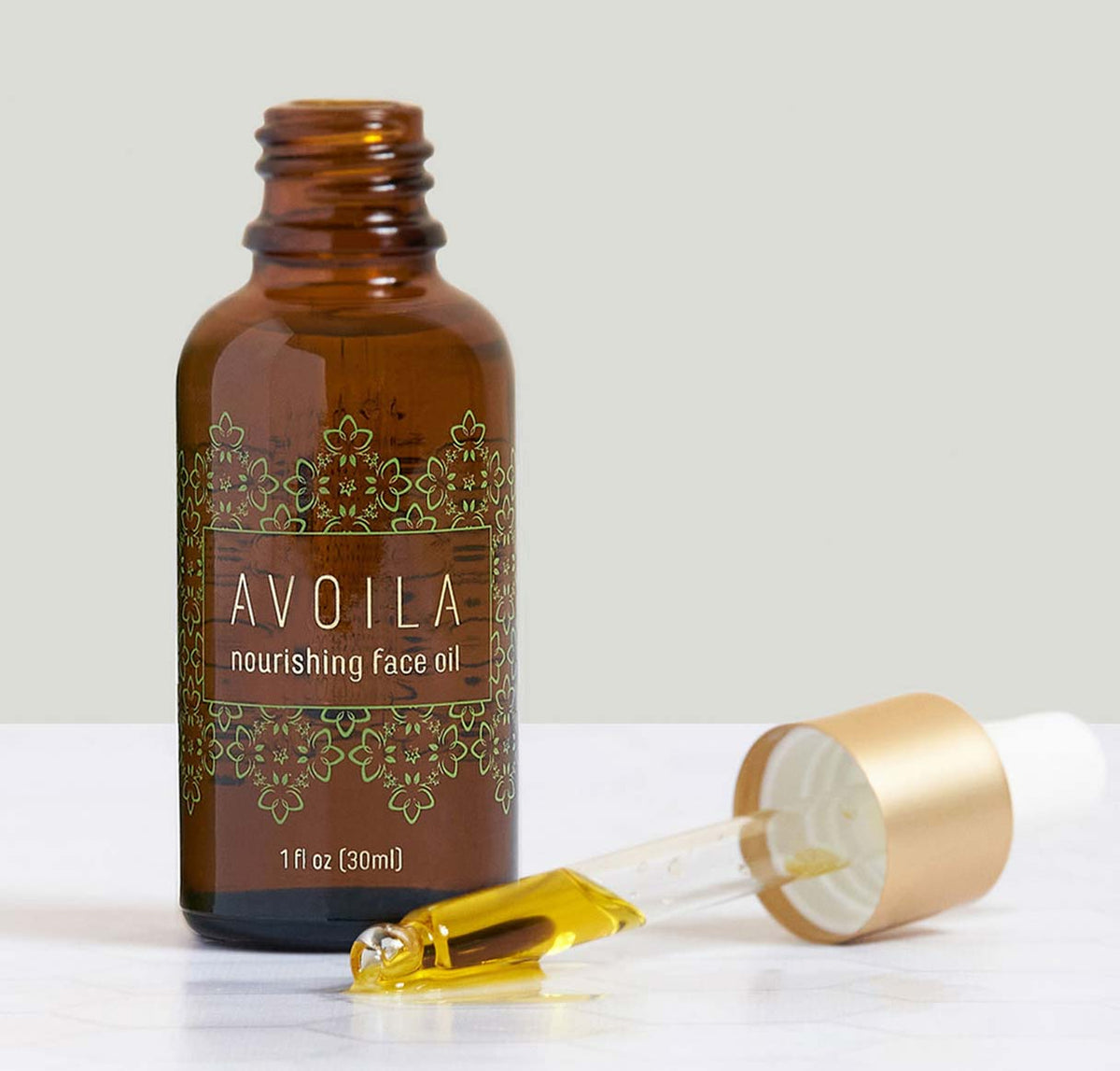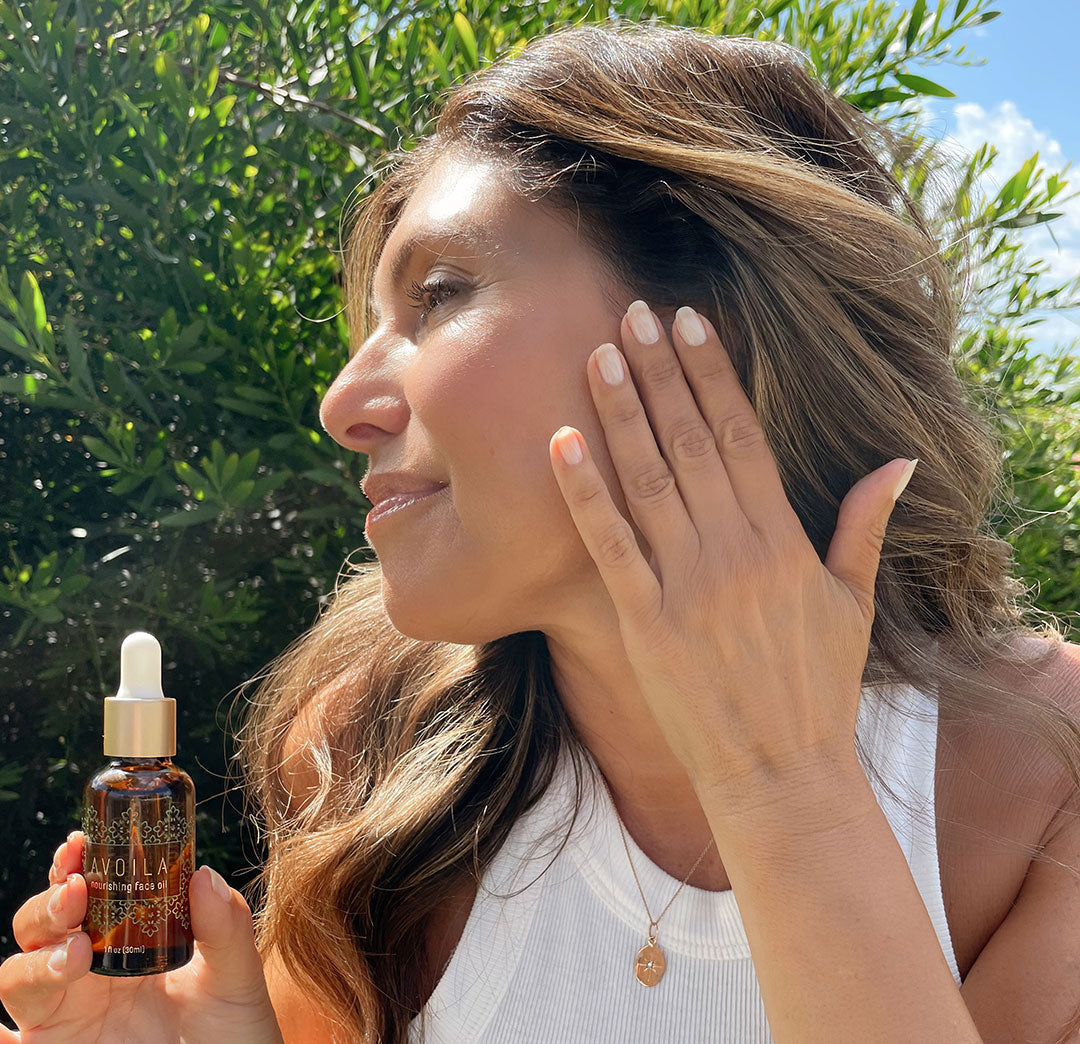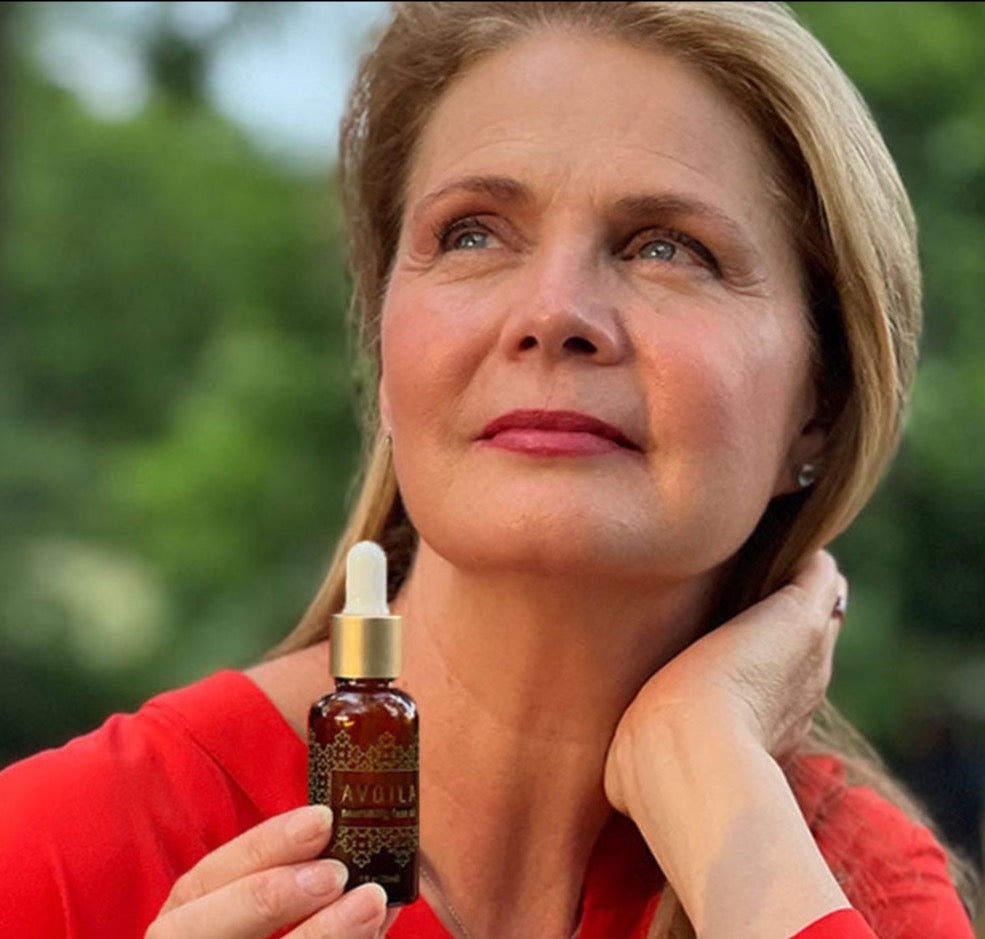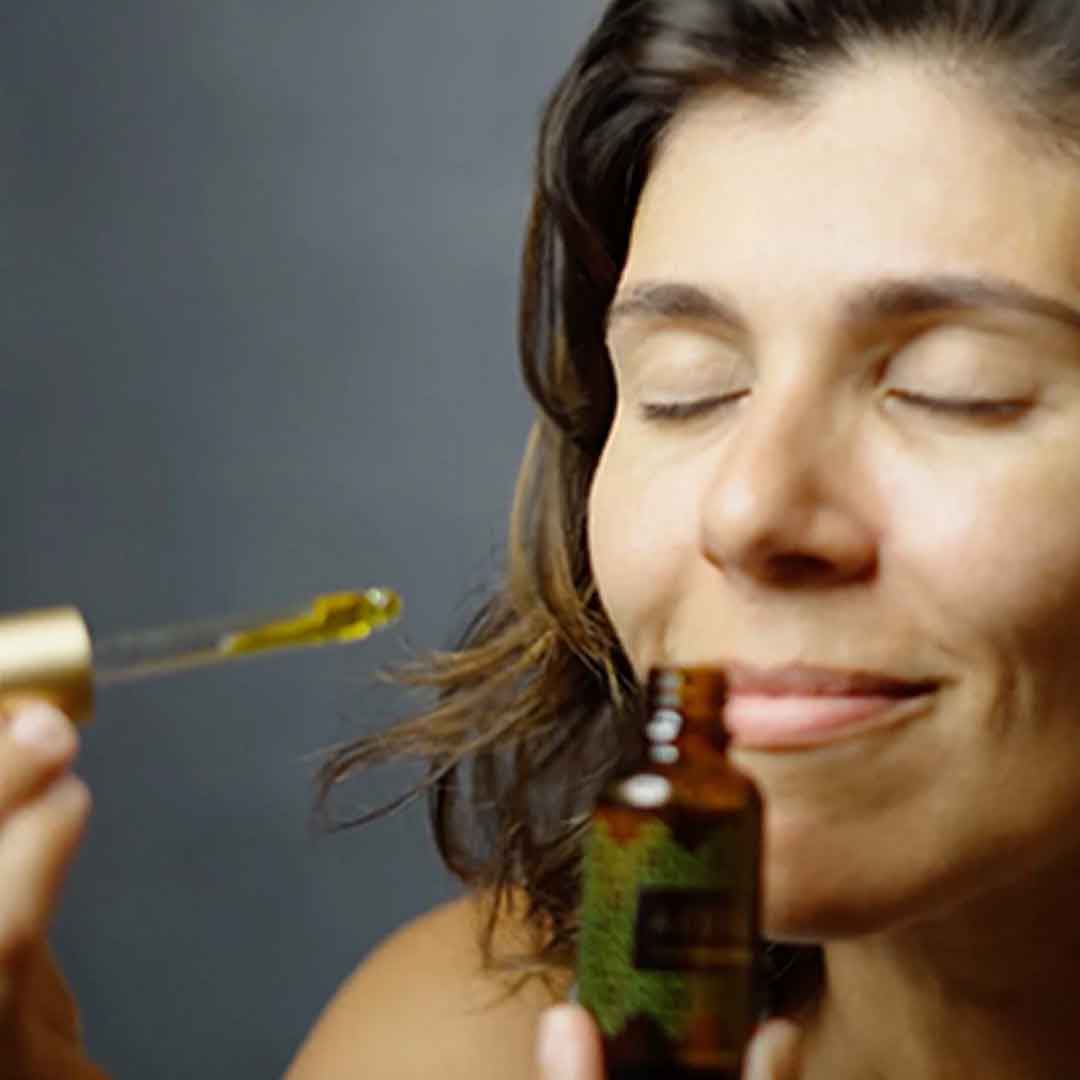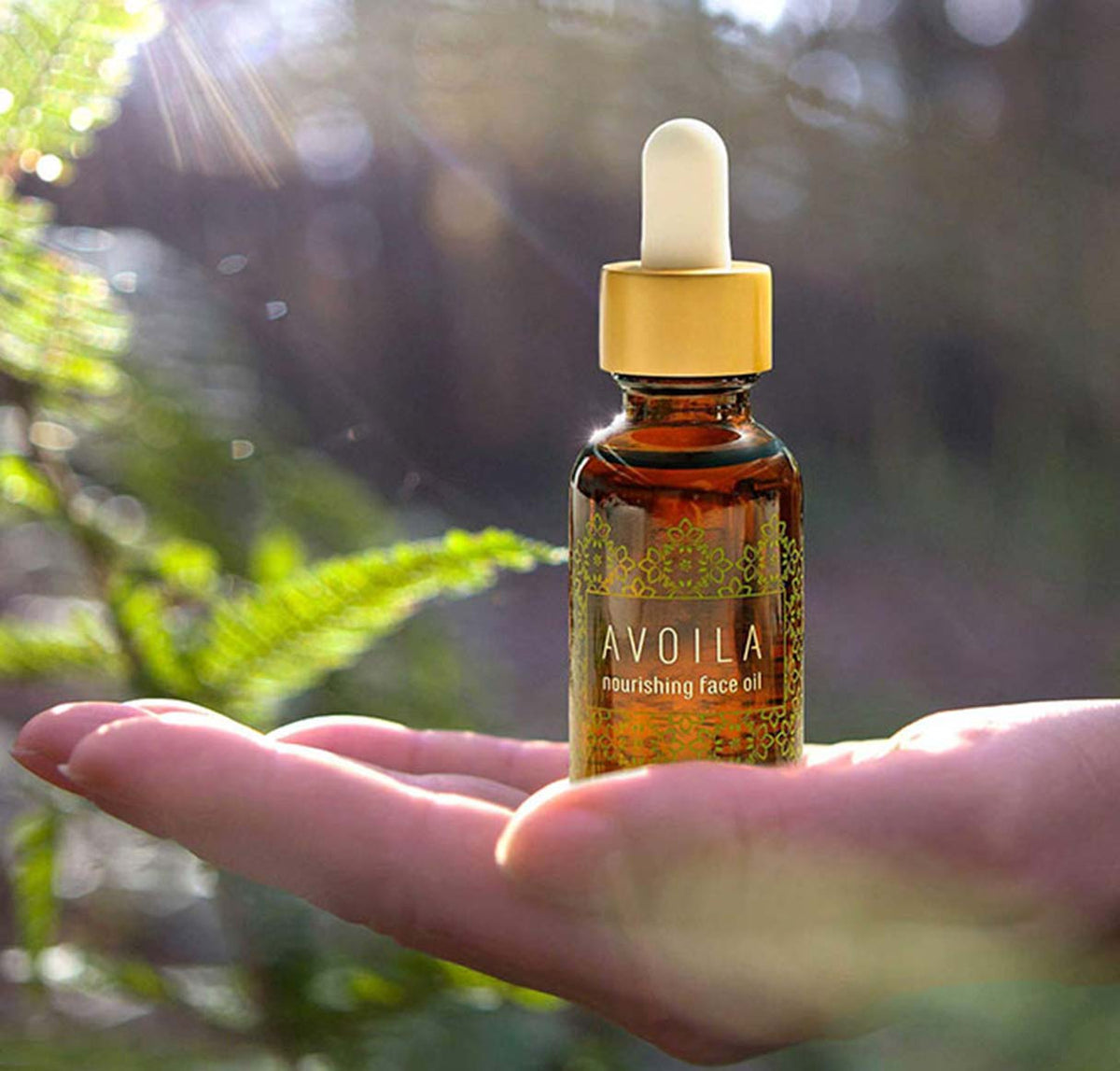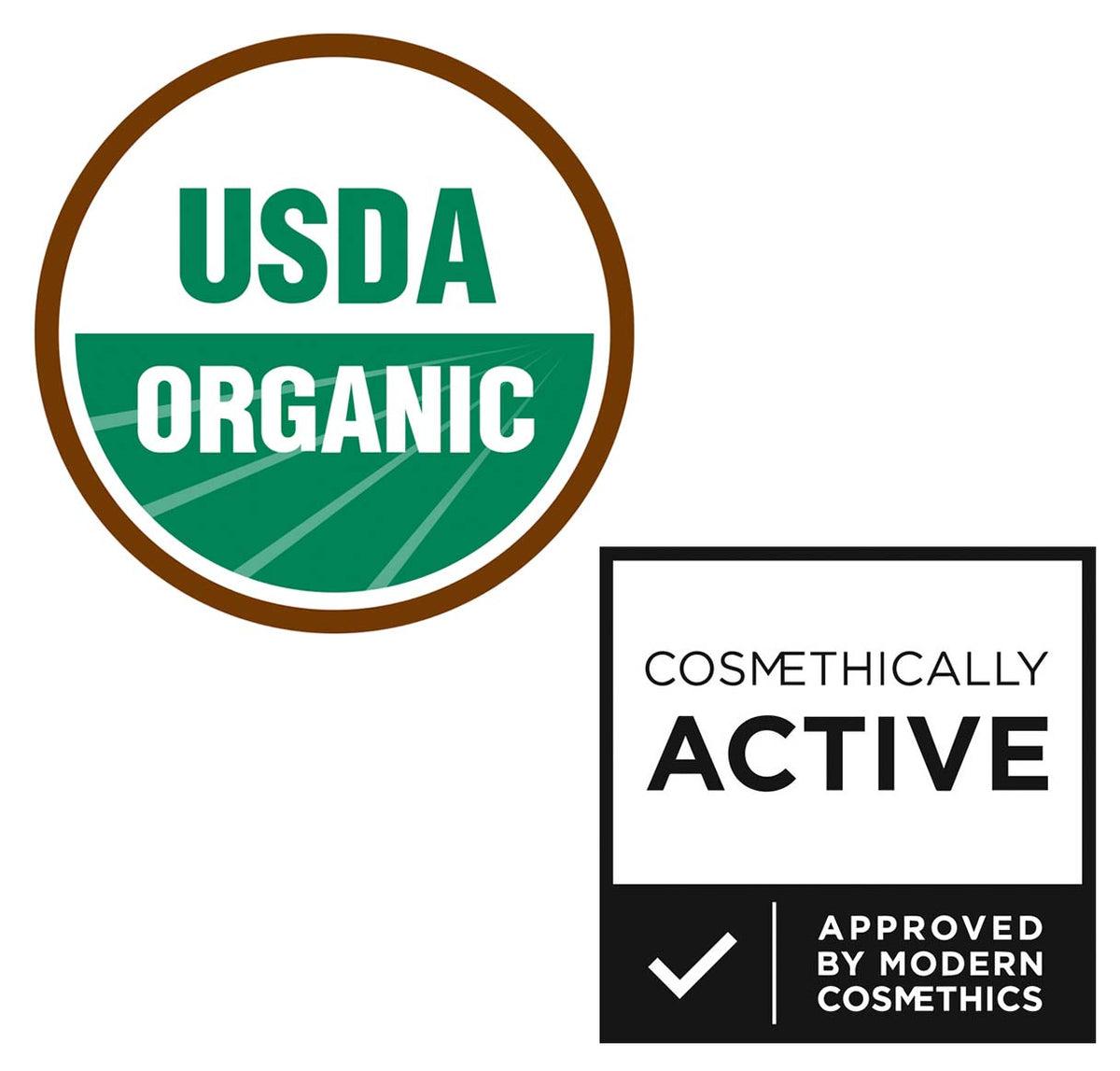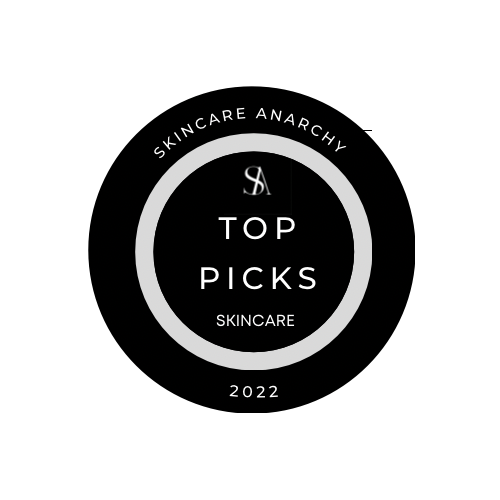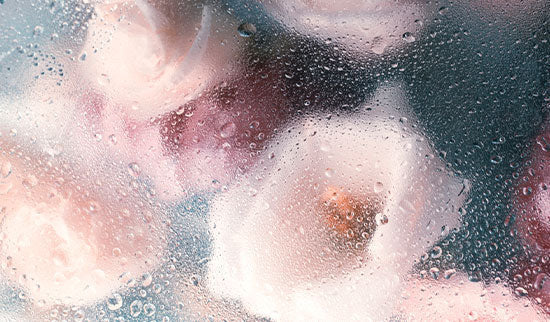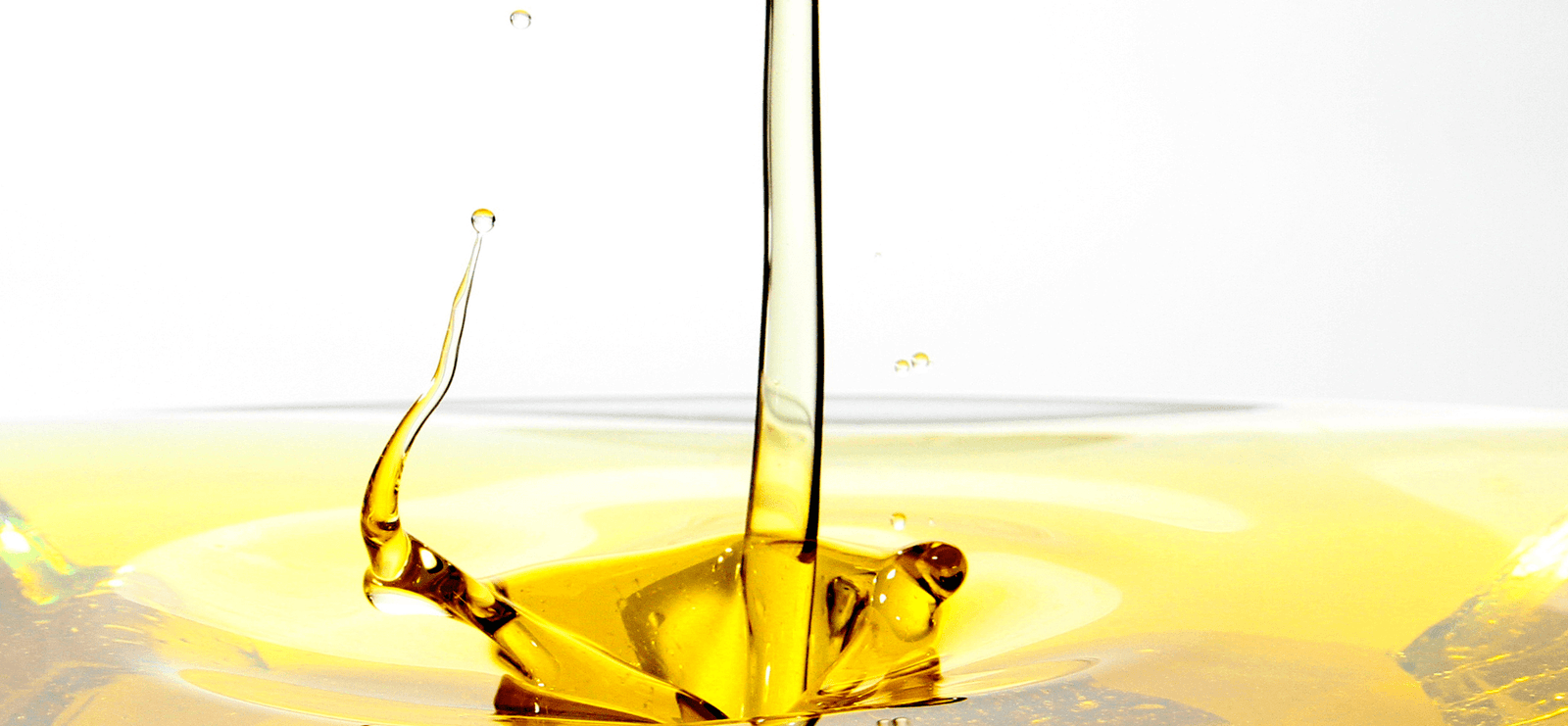
In the ever-evolving landscape of skincare, new trends emerge almost as swiftly as they fade. Yet, amidst the flux, certain practices stand out, captivating skincare enthusiasts with their simplicity and effectiveness. One such trend that has recently taken the beauty world by storm is the phenomenon known as "slugging."
Originating from the Korean skincare scene, slugging has garnered widespread attention for its ability to deliver unparalleled hydration and a coveted dewy complexion. But what exactly is slugging, and why has it become the talk of the town in the realm of skincare?
The Concept of Slugging
At its core, slugging is a skincare technique that involves sealing moisture into the skin by applying a thick layer of occlusive product as the final step of your skincare routine. The term "slugging" itself is derived from the resemblance of the shiny, moisturized skin to that of a slug's trail—albeit significantly more glamorous!
The star ingredient in slugging routines is often petroleum jelly, although other occlusive agents such as lanolin or certain oils can also be used. These ingredients create a barrier on the skin's surface, preventing moisture loss and facilitating the absorption of previous skincare layers.
The Science Behind Slugging
The effectiveness of slugging lies in its ability to create a protective seal over the skin, known as occlusion. By trapping moisture within the skin, occlusives help to prevent transepidermal water loss (TEWL), a process where water evaporates from the skin's surface into the surrounding environment. This not only keeps the skin hydrated but also enhances the absorption of active ingredients in earlier skincare steps.
Furthermore, slugging can be particularly beneficial for individuals with compromised skin barriers or those prone to dryness. By fortifying the skin's natural moisture barrier, slugging aids in maintaining optimal hydration levels and promoting overall skin health.
Incorporating Slugging into Your Routine
Integrating slugging into your skincare regimen is remarkably simple. After completing your usual cleansing, toning, and treatment steps, apply a pea-sized amount of occlusive product onto your fingertips. Gently massage it onto your skin, focusing on areas prone to dryness or dehydration, until a thin, even layer forms.
It's essential to note that slugging is best suited for evening routines, as the occlusive nature of the product may feel too heavy under makeup during the day. Overnight, however, is the perfect opportunity for the occlusive barrier to work its magic, allowing you to wake up to a radiant, plump complexion.
Commonly Used Products for Slugging
- Petroleum Jelly (Vaseline): Perhaps the most popular choice for slugging, petroleum jelly forms a thick, occlusive layer on the skin, preventing moisture loss and promoting hydration. As cleanbeauty advocates, we do NOT recommend using Petroleum Jelly on your face. Even though many women have done so for years, it's a petroleum by-product and therefore not something we can feel good about condoning.
- Occlusive Creams: Many moisturizers and creams contain occlusive ingredients such as mineral oil, dimethicone, or petrolatum, making them suitable for slugging. Look for products labeled as "occlusive" or "barrier repair" for optimal results.
- Lanolin: Derived from sheep's wool, lanolin is a natural emollient with occlusive properties. It helps to soften and moisturize the skin, making it an excellent choice for slugging, especially for those with dry or sensitive skin.
- Plant-based Oils: Certain plant-based oils, such as jojoba oil, rosehip oil, or squalane, can also act as occlusives. These oils also provide nourishment for the skin while forming a protective seal to prevent moisture loss, ahem, like Avoila Nourishing Face Oil!!
- Emollient-rich Creams: Creams containing emollient ingredients like shea butter, cocoa butter, or ceramides can provide intense hydration and seal in moisture effectively, making them suitable for slugging.
- Hyaluronic Acid Serums: While hyaluronic acid itself is not an occlusive ingredient, layering a hyaluronic acid serum under an occlusive product can enhance its hydrating effects by attracting and retaining moisture in the skin.
Embracing the Benefits of Slugging
- Intense hydration: By sealing in moisture, slugging helps to replenish the skin's moisture levels, leaving it soft, supple, and radiant.
- Enhanced skin barrier function: The occlusive barrier created by slugging promotes a strong and resilient skin barrier, reducing the risk of moisture loss and environmental damage.
- Improved absorption of active ingredients: By facilitating the absorption of earlier skincare layers, slugging maximizes the efficacy of your entire routine, ensuring that beneficial ingredients penetrate deeply into the skin.
When choosing a product for slugging, opt for formulations that are non-comedogenic and suitable for your skin type to avoid clogged pores or irritation. Additionally, patch testing new products is always recommended, especially if you have sensitive or reactive skin.
As you embark on your slugging journey, remember that consistency is key. With each nightly application, you're not only nurturing your skin but also indulging in a moment of self-care—an essential component of any skincare ritual. So, embrace the glow and let slugging unveil the radiant skin you've always dreamed of.
FAQs
- What plant based oils are considered occlusives? Jojoba, Argan, Squalane, Sunflower Seed, Evening Primrose and Rosehip are all considered occlusives and can provide effective hydration.
- What are the downsides of using petroleum jelly on your skin? Clogged pores and allergic reactions are two common concerns with using petroleum jelly on your skin. In addition, know that it's derived from crude oil which is a non-renewable resource which has environmental concerns associated with it.

